September 14th, 2021
8minute read
Iwas six feet tall and 163 lbs.
without a gram of extraneous body fat.
I was in the best physical condition of my life and believed myself to be both bulletproof and immortal.
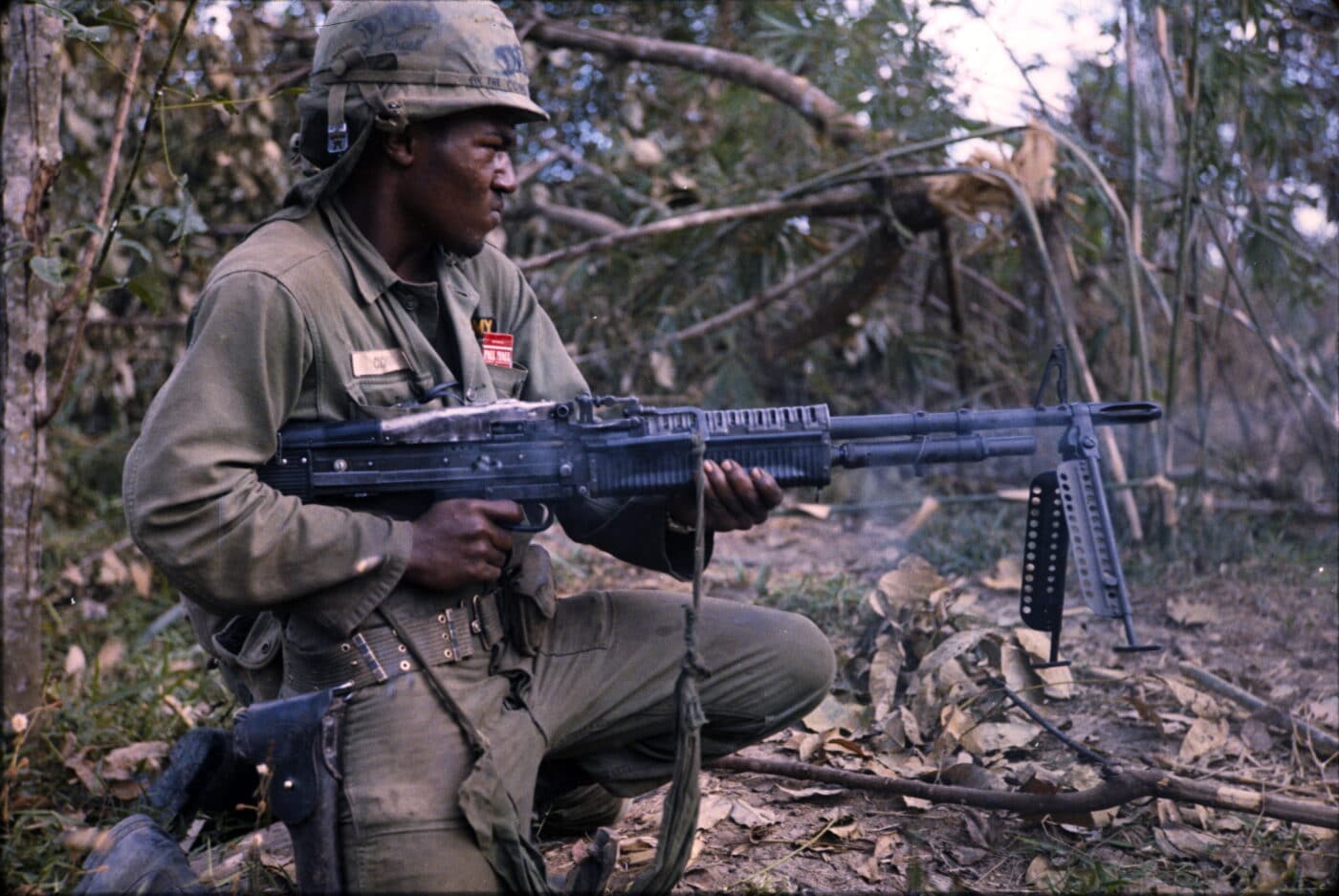
Then I met the Pig.
A proper 15-mile forced march was about the hardest thing I have ever done.
This was, however, the day I got tagged to lug the Pig.
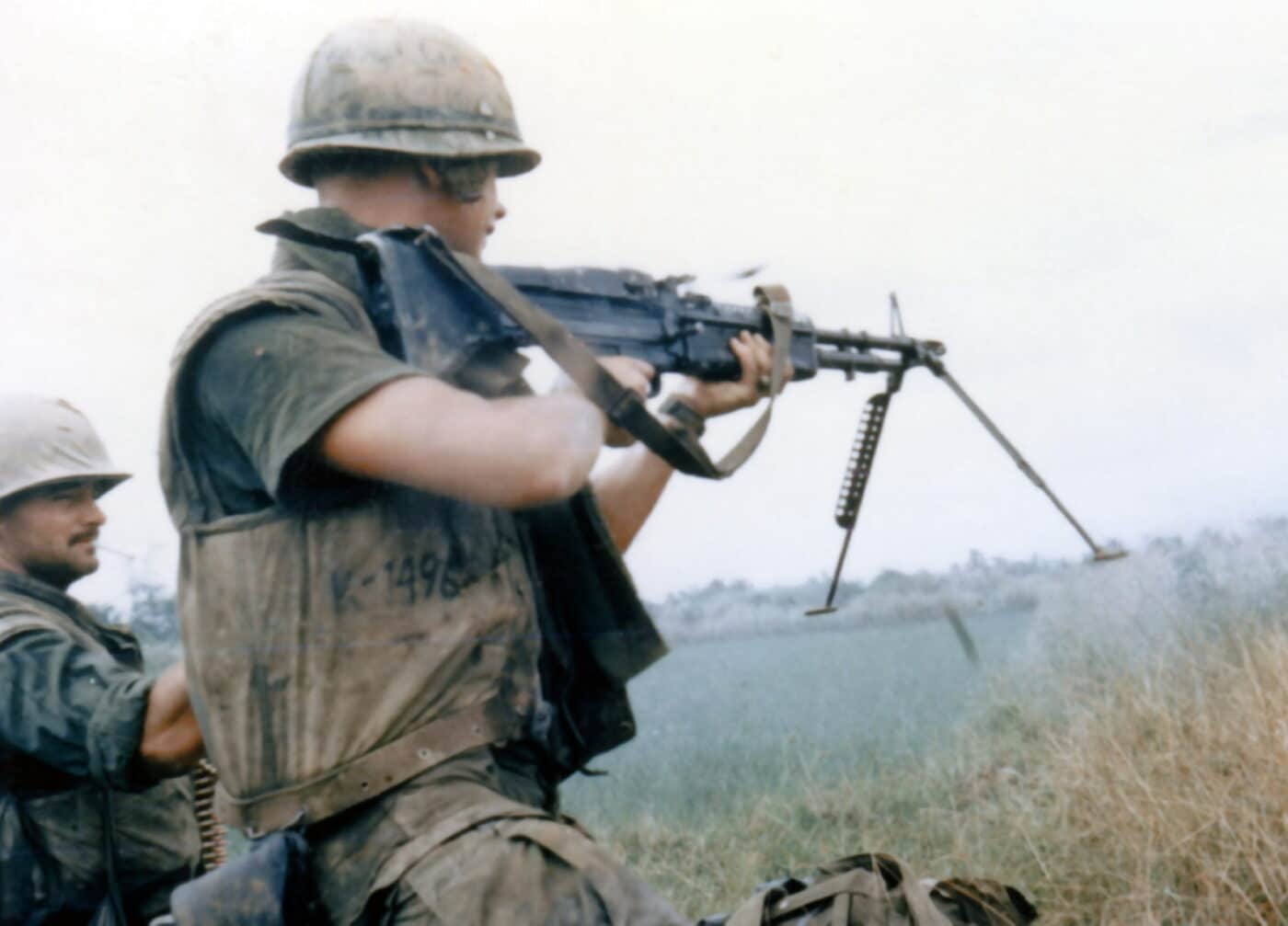
The Pig was the M60 belt-fed General Purpose Machine Gun (GPMG).
Back in my day, we used M60s as SAWs (Squad Automatic Weapons).
Nowadays, our 5.56mm SAWs are relatively lightweight, portable and mean.
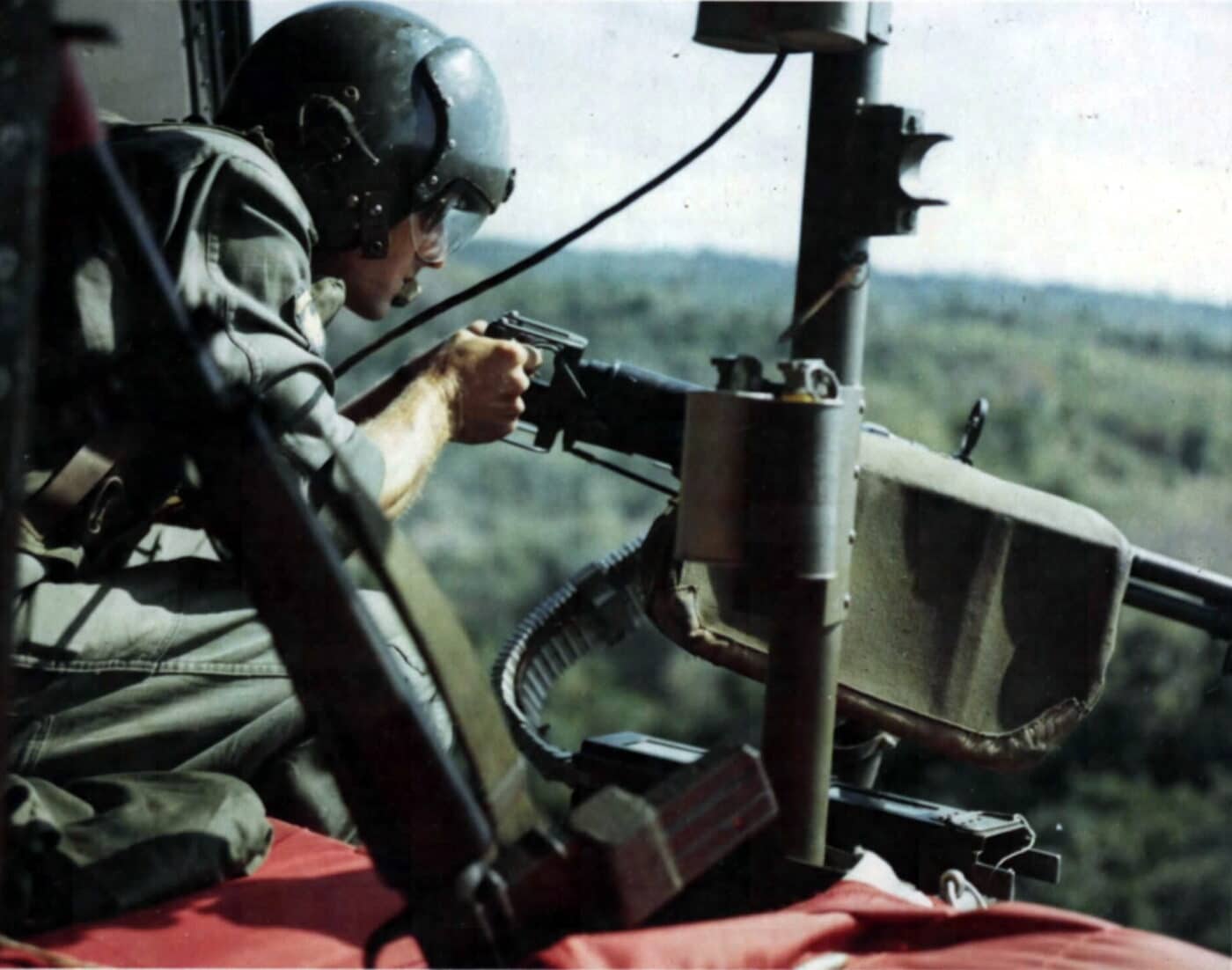
By contrast, the Pig weighed 23 lbs.
empty and fired a 7.62x51mm round the size of my little finger.
It was, however, indeed still a pig.
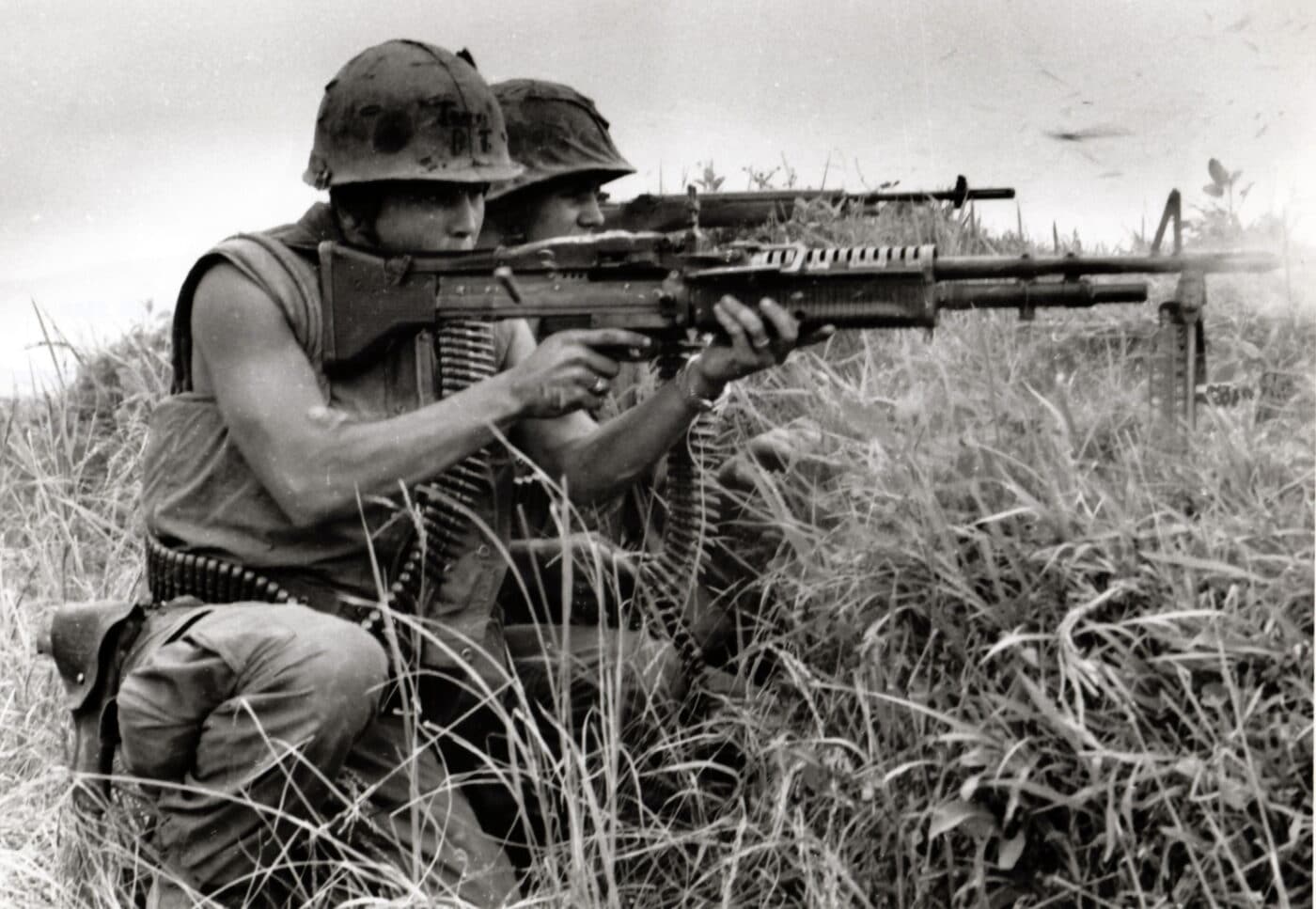
At the end of that horrible road march, I thought Id died.
Origin Story
The M60 GPMG wanted so badly to be awesome.
We fought the Second World War with the Browning M1919A4.
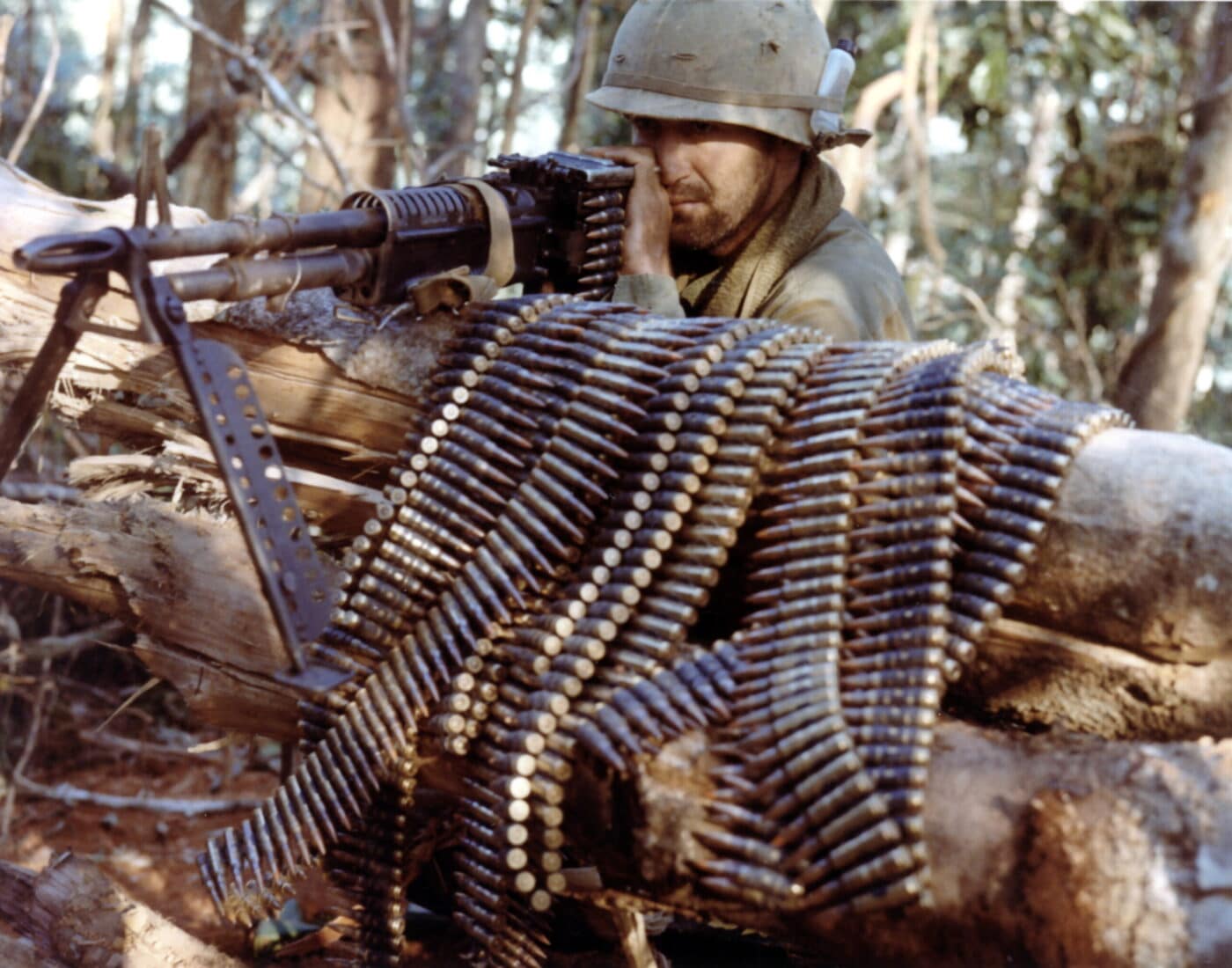
This beast ran like the Energizer bunny, but it weighed 31 lbs.
and was a veritable mass of sharp corners.
We could do better.
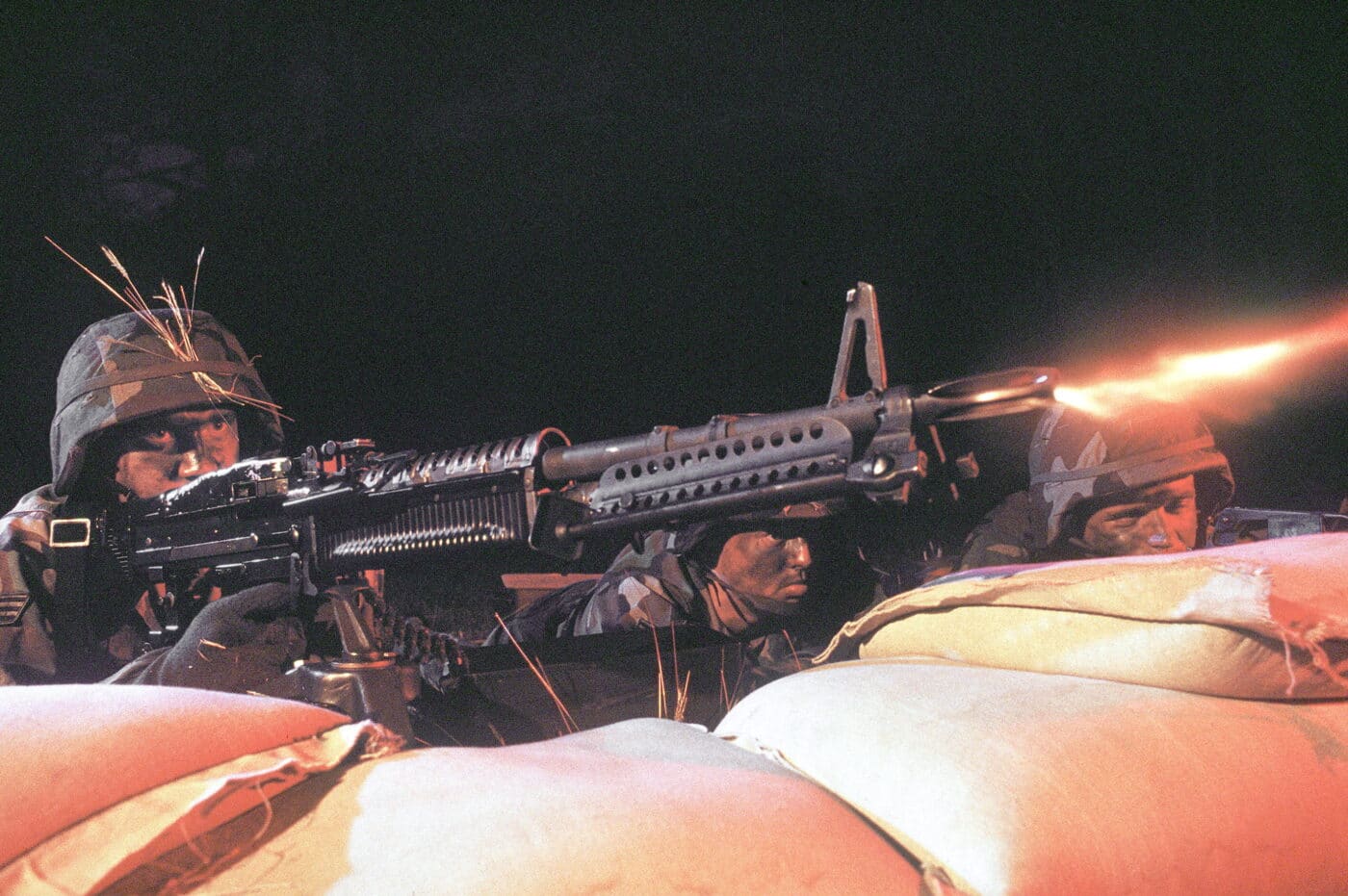
The M60 began life as the experimental T44.
The resulting frankengun served as the basis for the M60 action.
The M60 orbited around a stamped steel receiver for both economy and weight management.
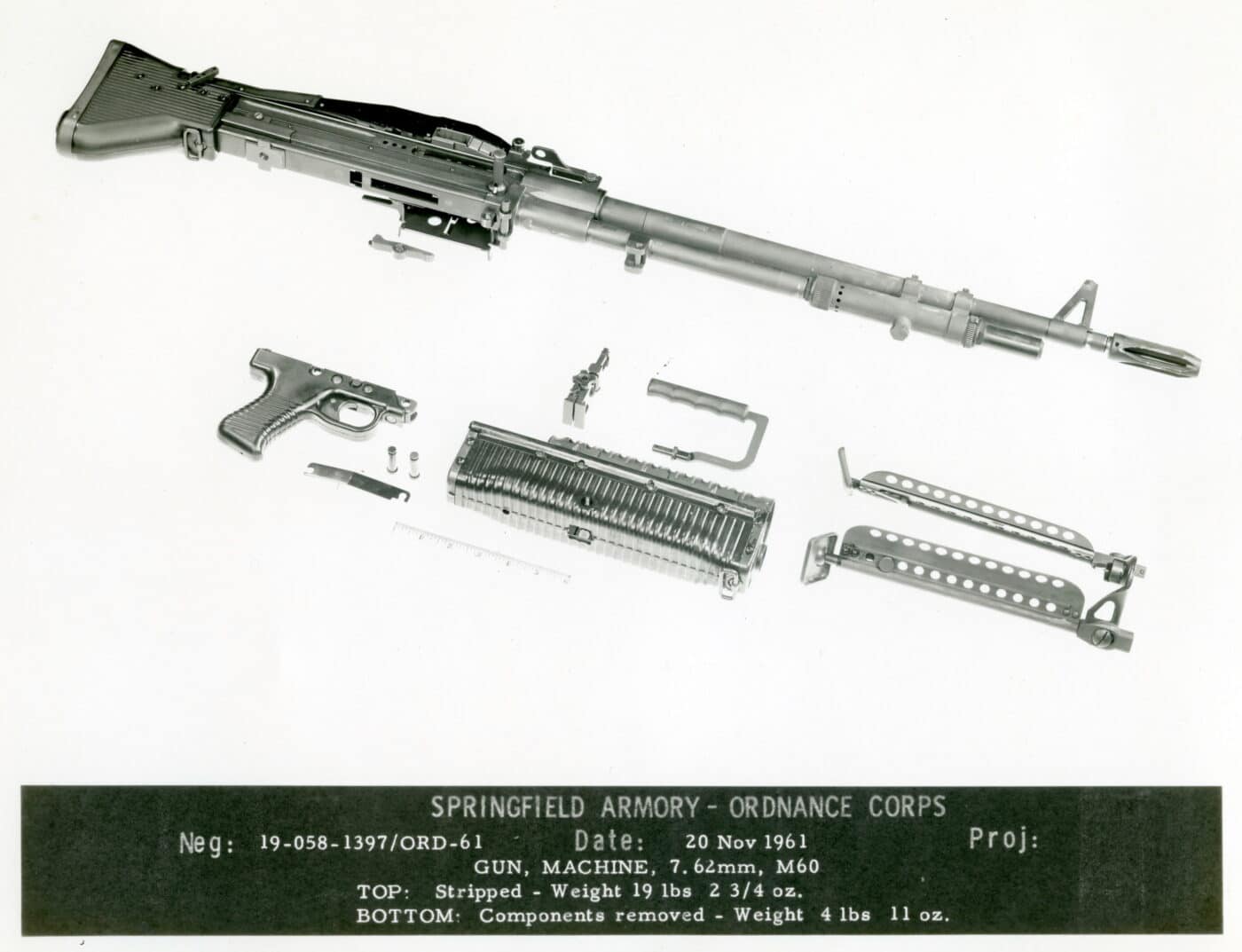
Though M60 receivers were ultimately found to stretch a bit, this part of the design performed fairly well.
The M60 featured a gas piston-driven action that fed ammunition in M13 disintegrating links solely from the left.
The gun fired from the open bolt and was exceptionally simple to operate.
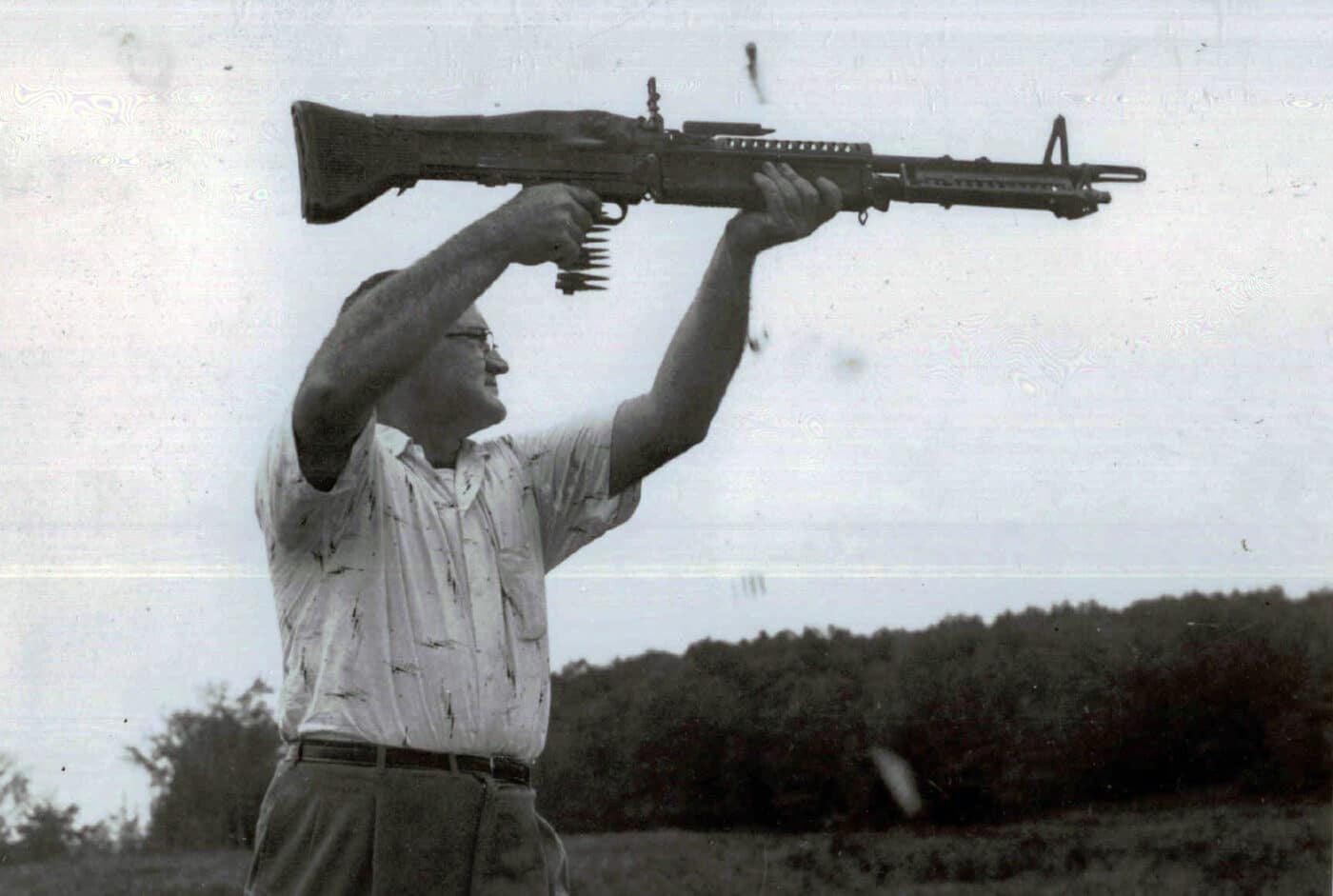
As seems always to be the case, however, the devil was in the details.
The M60 was an air-cooled design intended for sustained fire applications.
Running lots of belt-fed rounds through a machinegun creates astronomical amounts of extraneous heat.
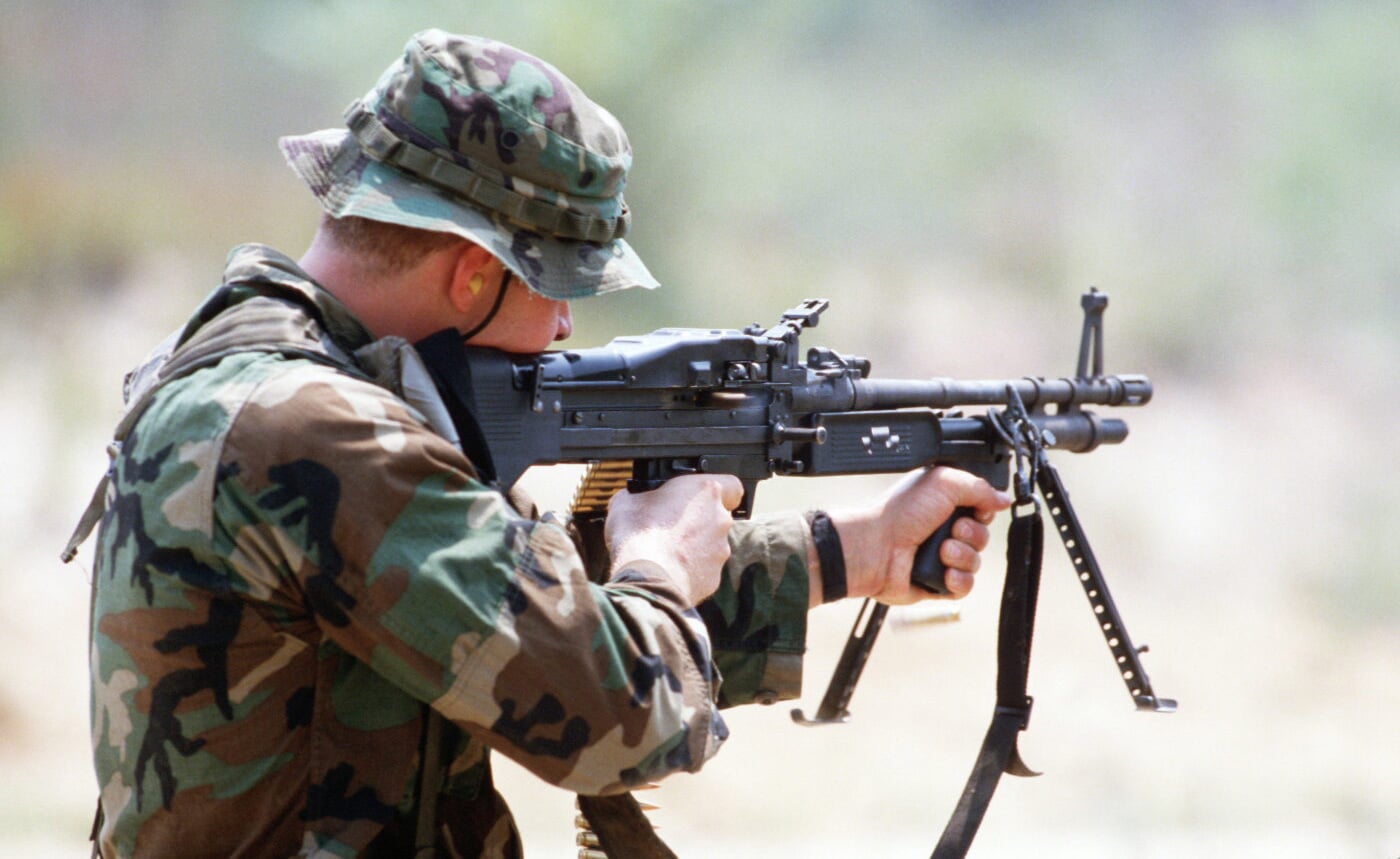
Getting rid of all that thermal energy is the Achilles heel of any sustained fire weapon system.
The generally accepted solution on a gun like the M60 is a quick change barrel system.
However, if you want this thing to shoot for a while you need mass.

Certain aspects of the M60s design were just fatally flawed.
The bipod on the M60 was located at the far end of the gun.
This location optimized stability and control.
As a result, the gas cylinders on our guns were always held together with safety wire.
In practice that was not a particularly onerous problem, but it didnt inspire confidence.
Swapping barrels on the Pig was indeed fast and intuitive.
Variations
The M60 was intended from the outset to be everything for everybody.
Uncle Sam wanted one gun that could serve in a variety of roles.
In the final analysis, there were only three versions that saw widespread service back in my day.
The standard ground gun featured a rubber-coated steel handguard and buttstock with a folding shoulder rest.
This weapon served in most conventional roles to include vehicle mounts.
Innovative gunners sometimes chopped the barrels short or affixed a spare pistol grip to the forearm with pipe clamps.
The C-model was hydraulically charged and electrically fired via solenoid.
The C-model guns used the same basic chassis as the ground guns.
However, their barrels lacked bipods, front sights, and carrying handles.
The M60D was the standardized pintle-mounted aerial version of the weapon.
The M60D included a folding ring sight as well.
Reliability
I did not have a homogeneously positive experience with the M60.
Most of the guns I was issued seemed fairly finicky.
We trained to fire five to eight-round bursts and remain ever mindful of barrel heat.
I was once signed for twenty-four D-model M60s to be used as door guns on my tactical aircraft.
Failures in training tended to diminish confidence in the weapons.
Practical Tactical
When the Pig ran, it ran well.
Running the gun was both fun and exhilarating.
Humping it, however, particularly for a skinny guy like me, not so much.
Running a belt-fed machinegun out of a moving helicopter is an incomparable rush.
It also embodies a fair amount of unexpected physics.
The 22 barrel on the M60 is rifled one turn in twelve inches.
The bullet leaves the guns barrel at around 2,800 fps.
That means it has a rotational velocity of 2,800 revolutions per second or about 168,000 rpm.
The bullet turns clockwise as viewed from the firer.
Smarter folks than I call this the Magnus Effect.
The opposite is true on the left with the bullets plunging precipitously toward the ground.
The practical effect when doing this for real firing tracers is frankly surreal.
Denouement
The M60 will forever be associated with Sylvester Stallone and John Rambo.
The 1982 action movieFirst Bloodestablished its own film genre.
A fun fact is that Stallone co-wrote the screenplays forFirst Bloodas well as the next four sequels.
Along the way, Rambo even runs his M60 one-handed, albeit on a sling.
Just punch First Blood M60 into YouTube if you havent seen the juicy bits.
However, should this be the case I sure wouldnt admit that to any of your guy friends.
Upgraded versions like the M60E6 still soldier on in certain select units, however.
Despite its warts, the Pig yet remains one of the coolest looking automatic weapons ever contrived.




